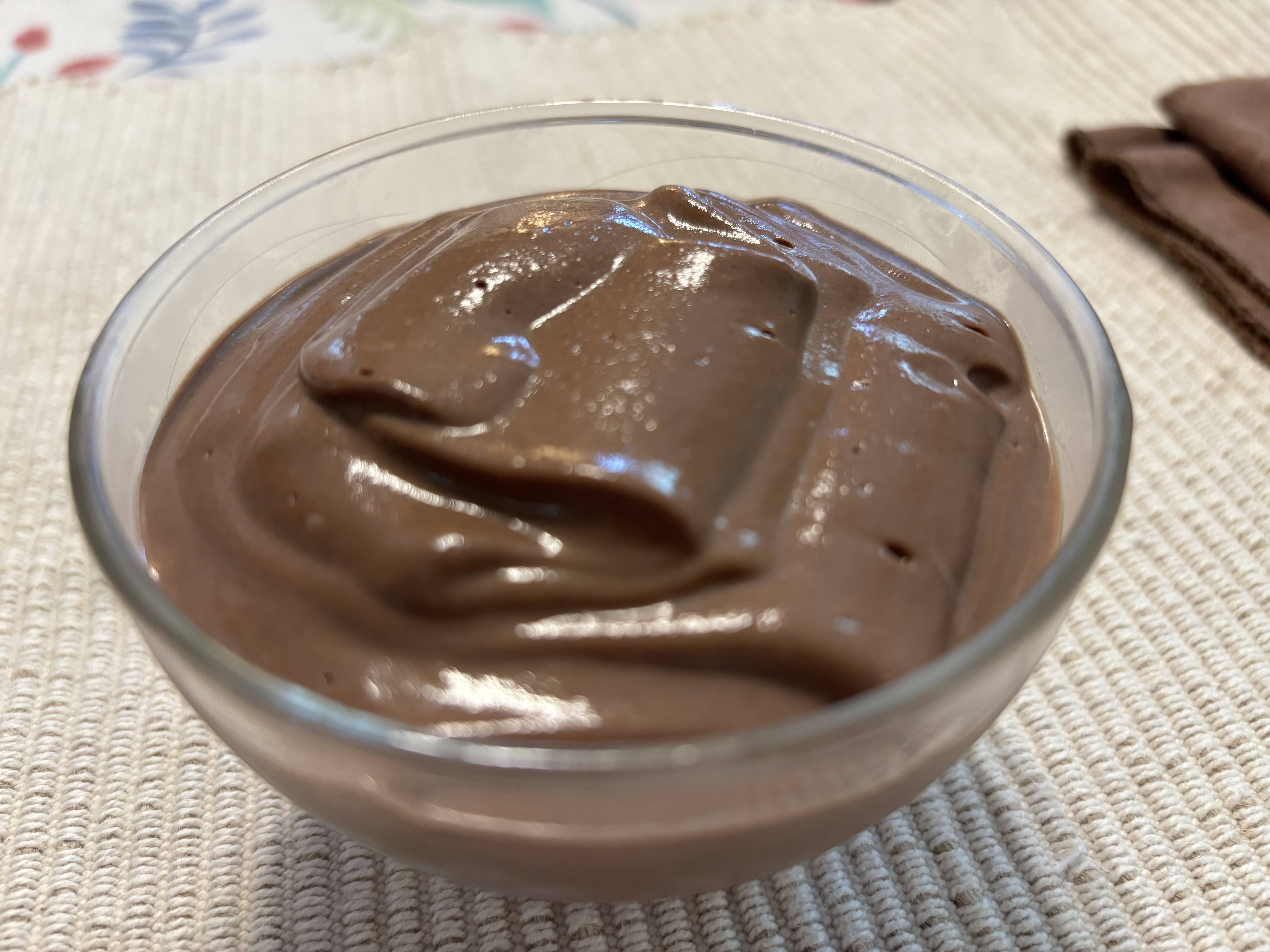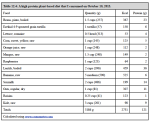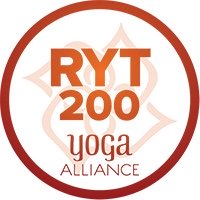Strength Training Equipment
You need very little strength training equipment to succeed in Gaining Strength. In the mid-1990s, after investing a good part of his life inventing and developing the Nautilus and MedX exercise machines, Arthur Jones wrote:
|
"Apart from a rather limited number of hardcore bodybuilders who are misguided enough to believe that they have a chance to compete against the outright genetic freaks that now dominate bodybuilding competition, just about anybody else in this country can produce nearly all of the potential benefits of proper exercise without spending much if anything in excess of about twenty dollars. You can build both a chinning bar and a pair of parallel dip bars for a total cost of only a few dollars, and those two exercises, chins and dips, if properly performed, will stimulate muscular growth in your upper body and arms that will eventually lead to muscular size and strength that is very close to your potential. |
Minimalist Strength Training Equipment
As mentioned by Jones, to fully develop your potential, you need some strength training equipment. I agree with his basic list: a bar for chin ups and pull ups and a set of parallel bars for dips.
While as Jones said, you can go very far with nothing more than that, my list is a bit longer:
- A pull-up bar
- A set of parallel bars
- A set of gymnastic rings
- Parallettes
- A heavy duty dipping belt
- A set of high quality elastic resistance bands
- A hyperextension bench (optional)
The Pull-Up Bar
Keep in mind that if you have an appropriate overhead beam for hanging gymnastic rings (discussed below) or a suspension trainer like TRX, then you can use the rings or suspension trainer for doing pull ups of every sort and may not need a pull-up bar.
If you are going to purchase a free standing pull-up bar, you have several options.
I own and recommend the CAP FM-905Q Power Rack with pull up bar.
|
Cap Barbell provides this economical two post rack with eyes for bolting it to a floor (read my full review here). If you bolt this rack to a floor or anchor it with barbell plates you can use it to anchor bands for loading single-leg squats. If you don't, that's okay because there are ways to load split and pistol squats with bands without using a rack for anchors. |
 |
|
Another good option is a portable pull up and dip bar. I like the Go Beast bar to the right. It incorporates both pull up and dip stations, and quickly breaks down into its own carry bag, so you can take it anywhere you want to train. However, it is too lightweight to serve as an anchor for bands to perform band-loaded squats. That's okay because there are ways to load squats with bands without using a rack for anchors. |
 |
Parallel Bars
|
You will need parallel bars for doing full range dips. If you get a two-post rack for pull-ups, you will need separate parallel bars. I recommend the Ultimate Body Press dipping bars, because they are collapsable and portable, and you can easily attach resistance bands to add load to bodyweight dips. |
 |
Gymnastic Rings
In his book Building The Gymnastic Body, Coach Christopher Sommer stated that he believes that "Rings are the single greatest tool ever made for developing upper body strength" and "the only piece of equipment that is absolutely essential in your training." He points out that rings are strong, light, portable, incredibly versatile, and can be used anywhere you can find strong overhead support, indoors or out. That can be a high bar, chin-up bar, rafters, or tree branch.
|
The Pacearth rings appear similar to the Bomba gear but I can't personally vouch for them from direct experience. |
 |
Parallettes
Paralletes are a virtually essential piece of strength training equipment for anyone who wants to develop impressive handstand skills. I have a tutorial on building parallelettes here:
Here are some examples of parallettes available from vendors on Amazon (Full Range Strength Amazon Affiliate Links). I personally prefer the wooden bars.
Dipping Belt
A dipping belt gives you a safe, relatively comfortable way to add band resistance to your pull-ups, dips, squats and rise-on-toes.
|
Another option is the Iron Bull Strength Belt to the right. It doesn't have as many loading loops as the Brute Belt so I consider the Brute Belt a better choice. |
 |
Elastic Resistance Bands
Elastic resistance bands are very useful for adding resistance to dips and single-leg squats. You can also use them to perform exercises that would otherwise require expensive machines, such as leg curls, as well as basic exercises like bicep curls, tricep extensions, and variety of flexibility and mobility exercises. They are very portable and inexpensive strength training equipment.
I primarily use Bodylastics resistance bands to load single leg/pistol squats (follow me on Instagram @donmatesz to see how), but sometimes to add loading to dips, and occasionally I will use them for other purposes (Amazon Affiliate Links.)
Hyperextension Bench
A hyperextension bench enables you to intensely but very safely train your lower back and hamstrings through a full range of motion. I have used the Marcy JD 3.1 for more than a few years. It is very well made and durable.
If you want a collapsible bench that you can store between training sessions, I recommend the Stamina Hyper Bench. This actually has a better resistance curve than the Marcy product, unless you are training to perform planche and back lever, in which case the Marcy product is more specific to those demands.
Notes
1. Jones A. My First Half-Century in the Iron Game, No. 68. http://www.arthurjonesexercise.com/First_Half/68.PDF
Recent Articles
-
Ancient Roman Soldier Diet
Apr 14, 25 05:19 PM
A discussion of the ancient Roman soldier diet, its staple foods and nutritional value, and a vegan minimalist version. -
High Protein Chocolate Tofu Pudding
Jul 01, 24 12:41 PM
A delicious high protein chocolate tofu pudding. -
Vegan Macrobiotic Diet For Psoriasis
Sep 05, 23 06:36 PM
Vegan macrobiotic diet for psoriasis. My progress healing psoriasis with a vegan macrobiotic diet. -
How Every Disease Develops
Aug 04, 23 06:22 PM
How every disease develops over time, according to macrobiotic medicine. -
Why Do People Quit Being Vegan?
Jun 28, 23 08:04 PM
Why do people quit being vegan? How peer pressure and ego conspire against vegans. -
Powered By Plants
Mar 16, 23 08:01 PM
Powered By Plants is a book in which I have presented a lot of scientific evidence that humans are designed by Nature for a whole foods plant-based diet. -
Carnism Versus Libertarianism
Dec 30, 22 01:55 PM
Carnism Versus Libertarianism is an e-book demonstrating that carnism is in principle incompatible with libertarianism, voluntaryism, and anarchism. -
The Most Dangerous Superstition Book Review
Nov 15, 22 08:46 PM
Review of the book The Most Dangerous Superstition by Larken Rose.




















